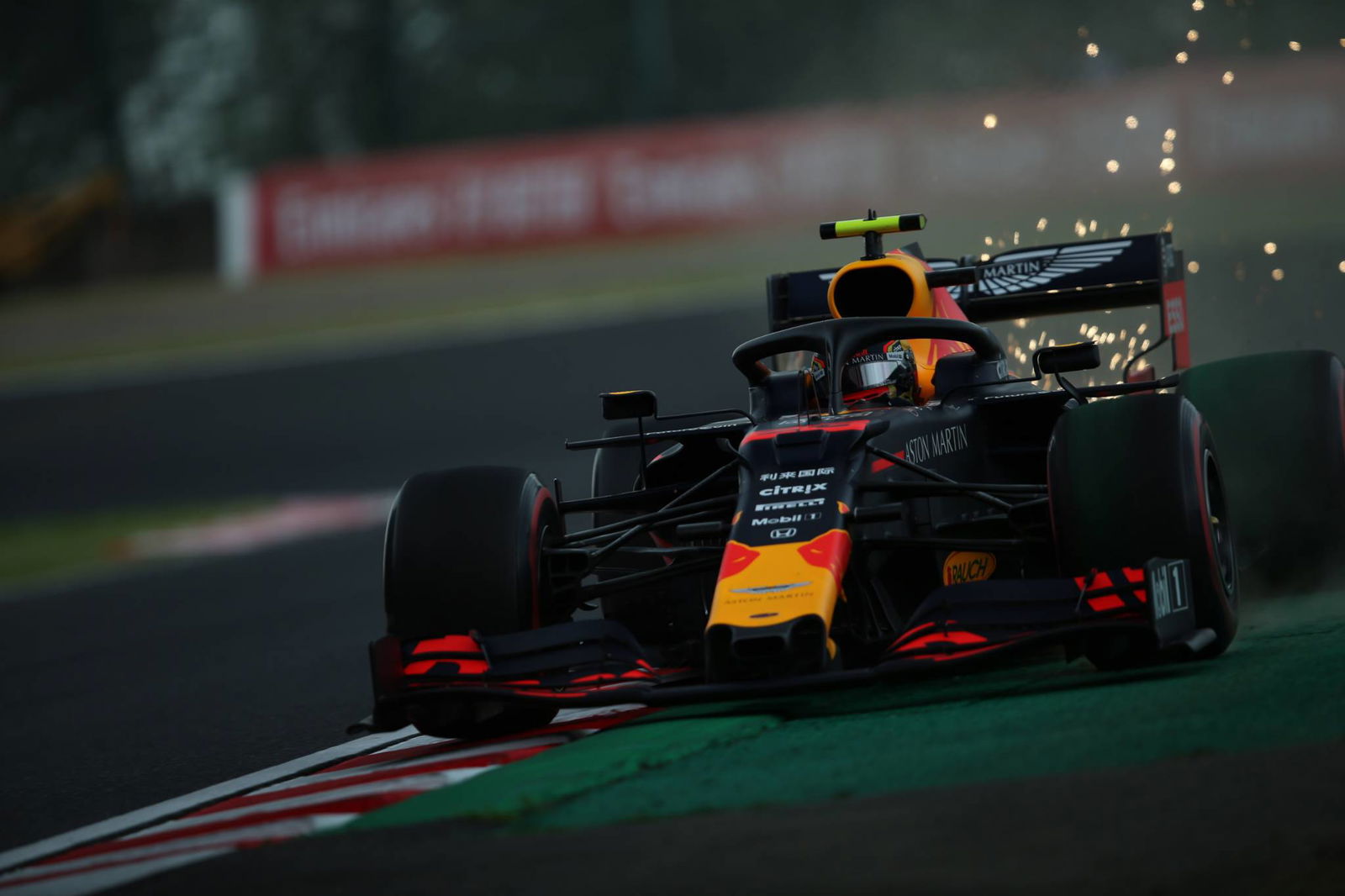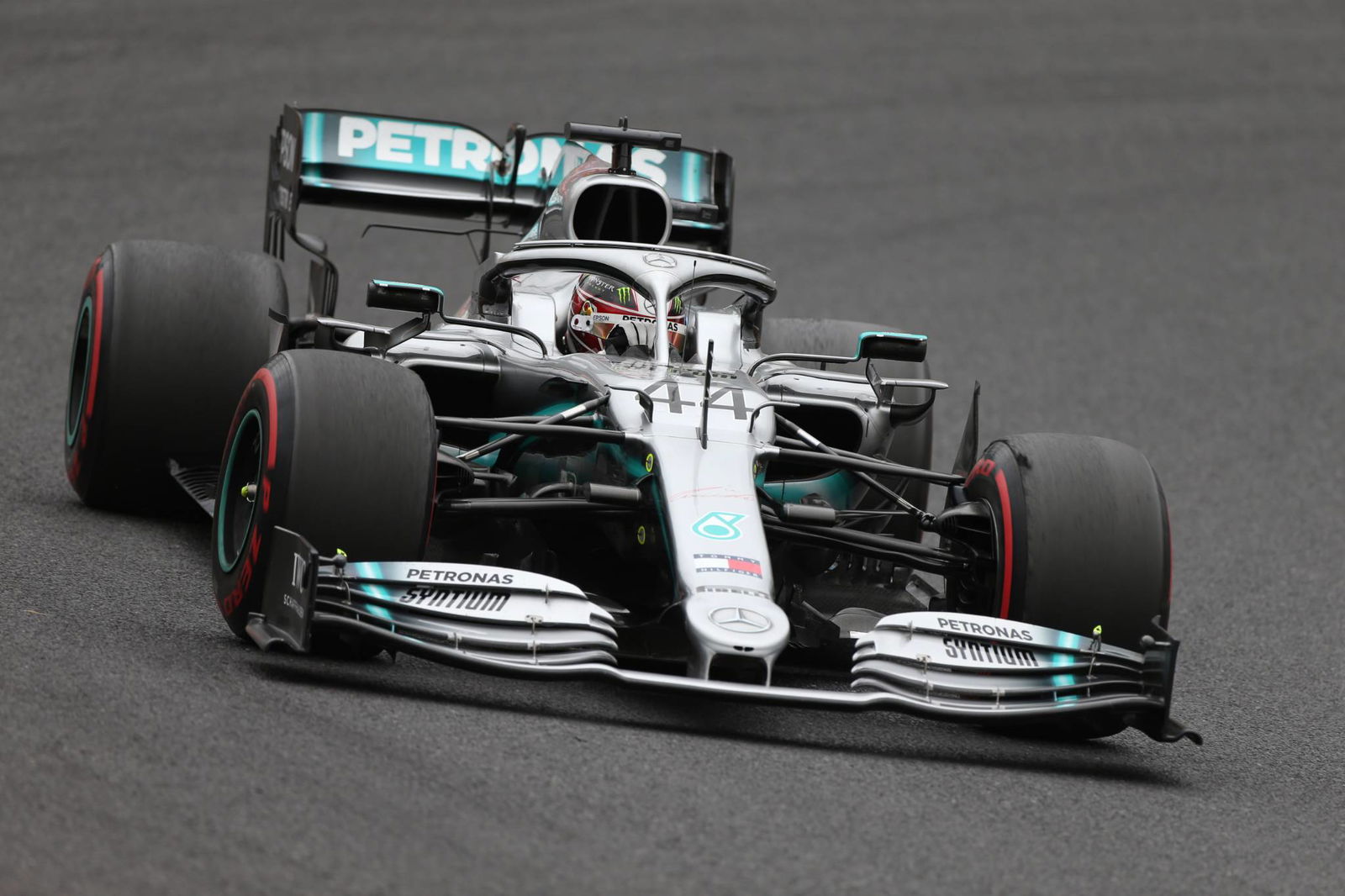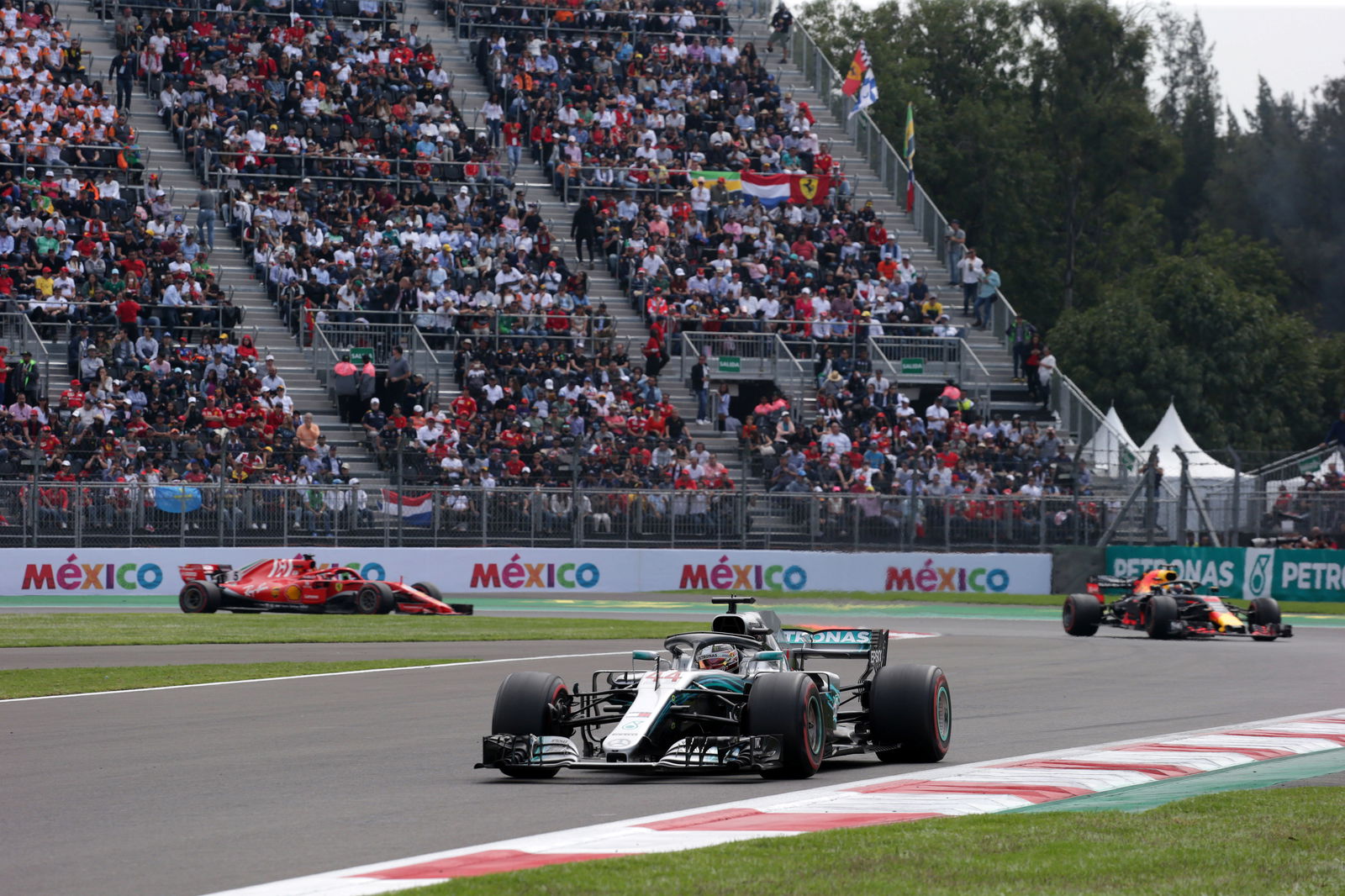Tech: The race to get Red Bull’s fuel update to Suzuka
While Mercedes may have wrapped up the constructors’ championship with four races to spare this season, such a convincing victory does not tell the story of how close some of the races have been in 2019.
Mercedes, Ferrari and Red Bull have each had turns as the team to beat on occasion this season. In Red Bull’s case, Max Verstappen has chalked up two victories – Austria and Germany – and came within a few laps of defeating Lewis Hamilton in Hungary. It may only be in its first year, but the Red Bull-Honda partnership is already looking strong.

While Mercedes may have wrapped up the constructors’ championship with four races to spare this season, such a convincing victory does not tell the story of how close some of the races have been in 2019.
Mercedes, Ferrari and Red Bull have each had turns as the team to beat on occasion this season. In Red Bull’s case, Max Verstappen has chalked up two victories – Austria and Germany – and came within a few laps of defeating Lewis Hamilton in Hungary. It may only be in its first year, but the Red Bull-Honda partnership is already looking strong.
No stone is left unturned in Red Bull’s push to try and beat its rivals, naturally extending to its relationship with its fuel and lubricant supplier, ExxonMobil. For the Japanese Grand Prix at Suzuka earlier this month, a new fuel was introduced that had been developed especially for the Spec 4 Honda power unit, giving Red Bull a boost heading into the closing stages of the 2019 season.
Suzuka was an important race for Honda, its first at home since linking up with Red Bull at the beginning of the season. The introduction of the Spec 4 power unit at Spa was part of a gradual process to ensure all four Honda-powered cars could run at their maximum for Suzuka, including some tactical penalties. Bringing the updated Esso Synergy fuel was part of this process.
“This has been a project in the works for a while, and to be honest there was a period of time where we didn’t think we would make the deadline,” David Tsurusaki, the global motorsport technology manager for ExxonMobil, told Crash.net.
“When you change a fuel, you obviously have to do a lot of testing and development work. We had some preliminary testing on single cylinders, and then you do a full durability test, and then you’ve got to manufacture and ship it, and get it out here from the UK. All of that was at an accelerated pace. A lot has to happen in a very short period of time.”
ExxonMobil works constantly to try and find solutions to offer Red Bull gains in the areas it looks after (e.g. a fuel that allows the engine to run in a more powerful mode). After initially targeting a fuel update in the middle of the year, attention shifted to developing one specifically made for the Spec 4 engine that would come later in the season due to the bigger gains that were on offer.
“We had a different fuel that we were working on for mid-year, and then when this fuel initial testing came about, we thought ‘let’s shift modes here’,” Tsurusaki said. “We actually dropped the launch of that one mid-summer, the first upgrade, and we just concentrated on this.
“When they started working on the Spec 4 engine, that’s when some ideas came up. We started doing the design work against the single-cylinder Spec 4, and that started looking good. It was like ‘OK, how soon can you get an engine? How soon can we get more fuel?’ - the same kind of thing.
“The Honda team actually was very encouraged by information that they had and wanted to pursue it, so we said let’s give it a shot. By say mid-summer, then it was all-hands-on-deck to see if we could really pull this off. It’s been an exciting three months getting ready for this.”
But what goes into developing a fuel update, and why does it matter so much in F1?
Developing and refining a fuel is like trying to perfect a recipe, working out the different ways for various compounds and additives to work together. While there is a broad, generalised window for the fuel that is developed for road cars – given most will run different engines – in F1, particularly in the era of these complex, sophisticated power units, there is more scope for the fuel provider to find more gains and refine that ‘recipe’ specific to each engine.
“In Formula 1, you’re designing new, innovative engines all the time, continuously, so then you have the opportunity to look at your fuel to say ‘OK, what’s the best fuel for this engine? Is it the same as a Spec 1 or Spec 2?’ – no, it’s not,” said Tsurusaki.
“You don’t see the same reactions in the engine, for the same fuel that you made just last year or six months ago, so you’re really designing for that engine.
“The Spec 4 became the target. It was the engine Honda was spending lots of time and effort on in getting ready, so that was our objective, to get the best possible fuel for that engine.”
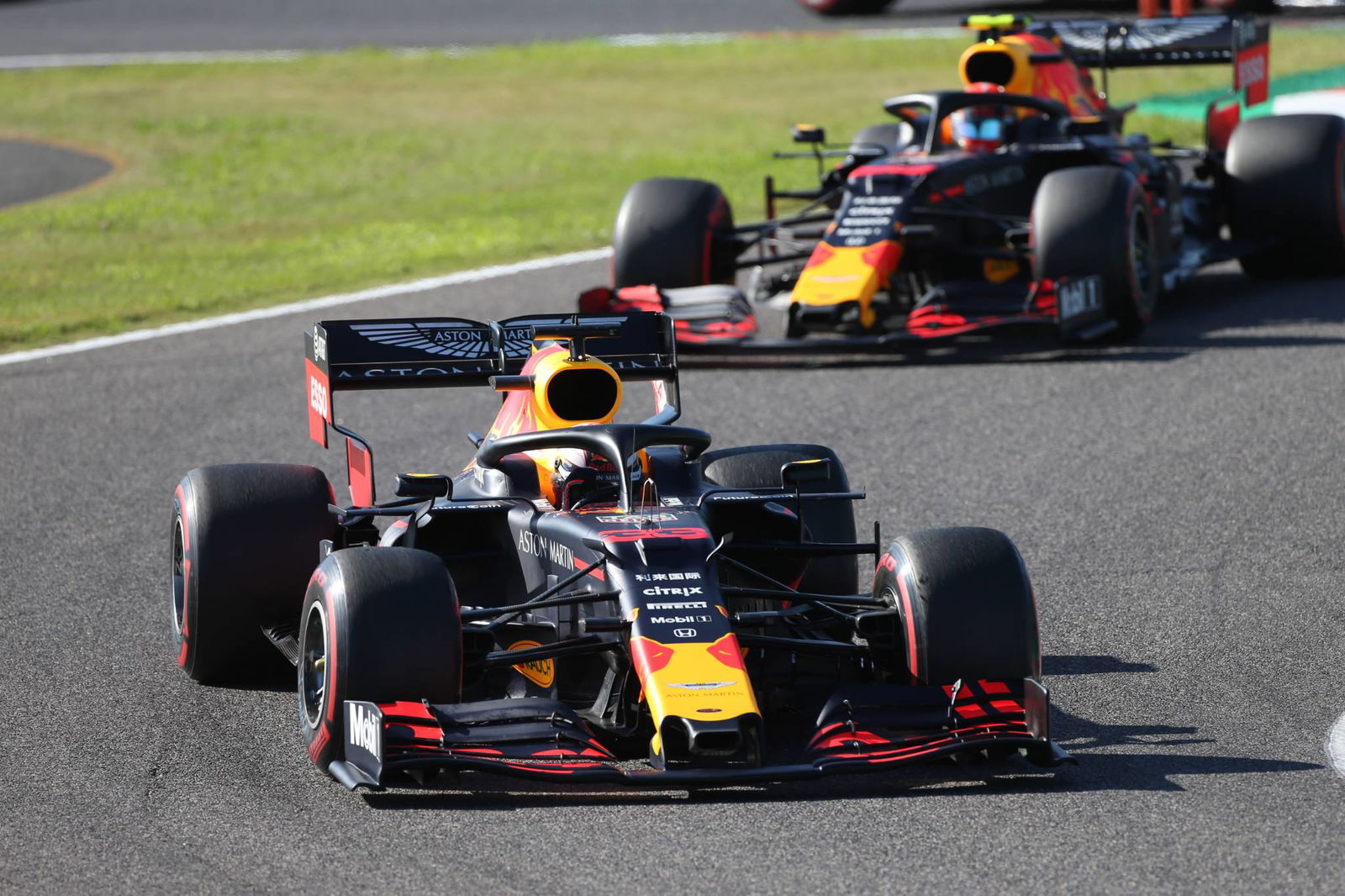
Tsurusaki expanded by explaining the process in layman’s terms of how the new fuel was developed.
“Let’s say there are 15 different chemical structures to put into the fuel, different chemistries to put into it,” he said. “You have that, and you may just modify those same different chemicals, and it may optimise it for the next engine. Or there may be something you have to change.
“In this case, we looked at several different chemicals to improve the fuel, and gave us a little bit more energy than the previous fuel. That’s really what the goal is.
“In Formula 1, when you’re not refuelling, that’s the objective, it’s a simple objective, to find more energy somehow. Whatever we start out with in 2020, it will be a whole new game again, we’ll start all over again. But our baseline is now the fuel we have, and we’ll keep modifying and tweaking until they change the rules, and we’ll start all over.”
Once the fuel update has been finalised and tested, it is then sent to the FIA for approval before it can be introduced to run on the car. But with such a tight deadline to get the updated fuel ready for Suzuka, the decision was taken to fast-track the approval process and submit it while testing was still ongoing.
“Normally you would do a preliminary test, a full dyno test, and then you would submit for FIA approval,” said Tsurusaki. “In this case, as we’re doing the dyno testing, we’re submitting for FIA approval, expecting that the dyno test and durability test is going to be positive as we expected. Because we’re trying to cut time, we said ‘let’s send it for FIA approval’.
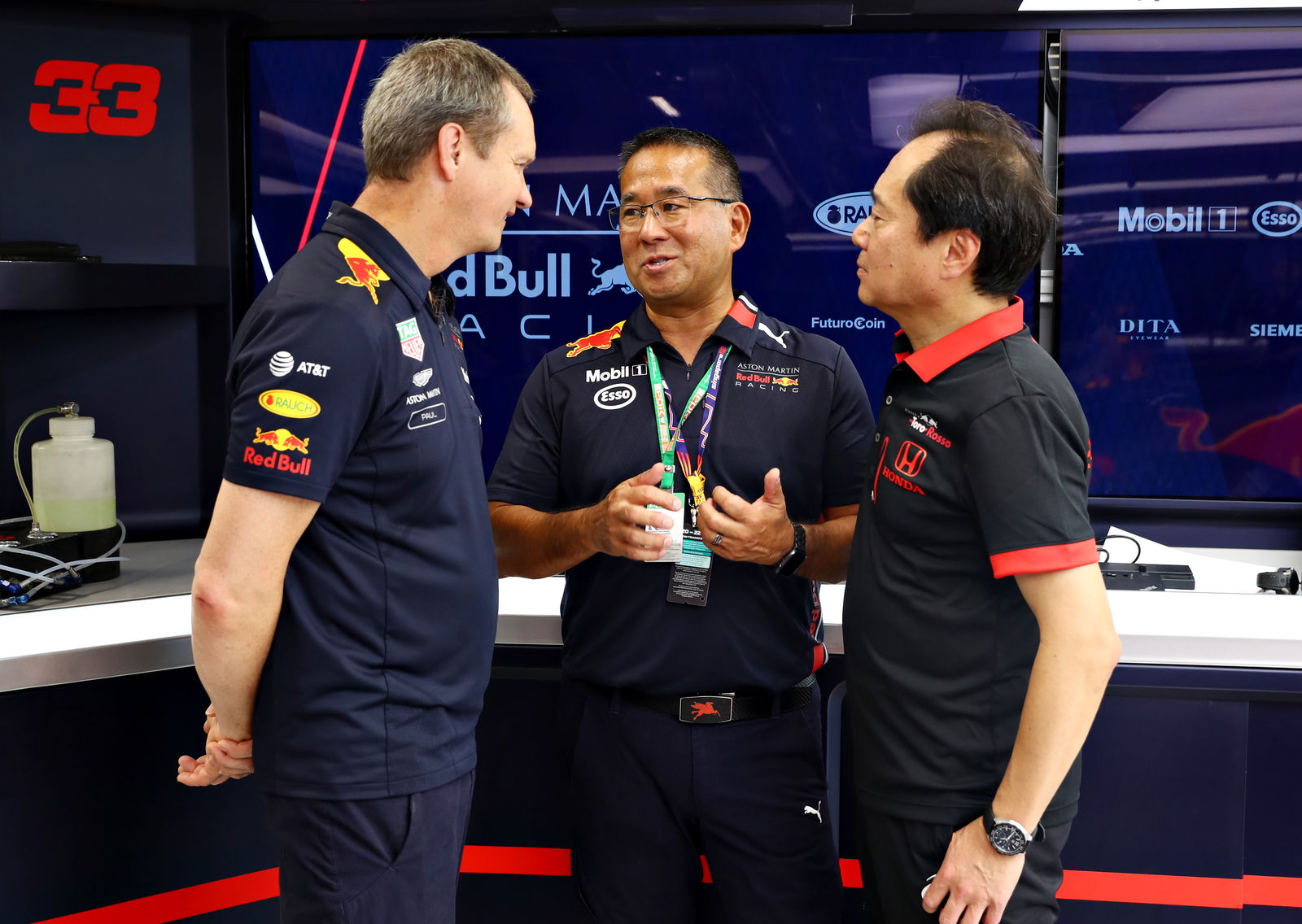
“It takes about five to seven days to get that. At the same time, we’re already getting ready to ship things, so you’re hoping everything comes in. It was a little nerve-wracking, to say the least. Even our formulation engineer was saying that until he had that piece of paper from the FIA, he was nervous, because what’s the alternative?
“Fortunately we shipped both fuels, and you’re allowed to do that. You don’t declare the fuel until the Thursday, so we could have gone with the other fuel, but that would have been a little bit disappointing after all that time.”
Despite the concerns about the deadline, the new fuel both received approval and arrived at Suzuka in time for Verstappen and Albon to use it from the start of practice on Friday. It was something Verstappen was appreciative of when speaking on Friday, even if the weekend as a whole offered little chance to see what kind of gain it could offer.
“We always want to try and improve like everyone else and this will help us a little bit forward," Verstappen said of the fuel update. "It's difficult to say how much [it is worth], but of course we want to take the fight to Ferrari and Mercedes.”
Tsurusaki remained coy when asked for an estimate on what kind of lap time gain there would be, saying: “The power improvement is measurable, and obviously if the power improvement is measurable, then the comparable lap time without the fuel is measurable.”
As Red Bull looks to finish the 2019 season on a high and close out with at least one more victory, the boost offered by the new Esso fuel update will be worth bearing in mind.
